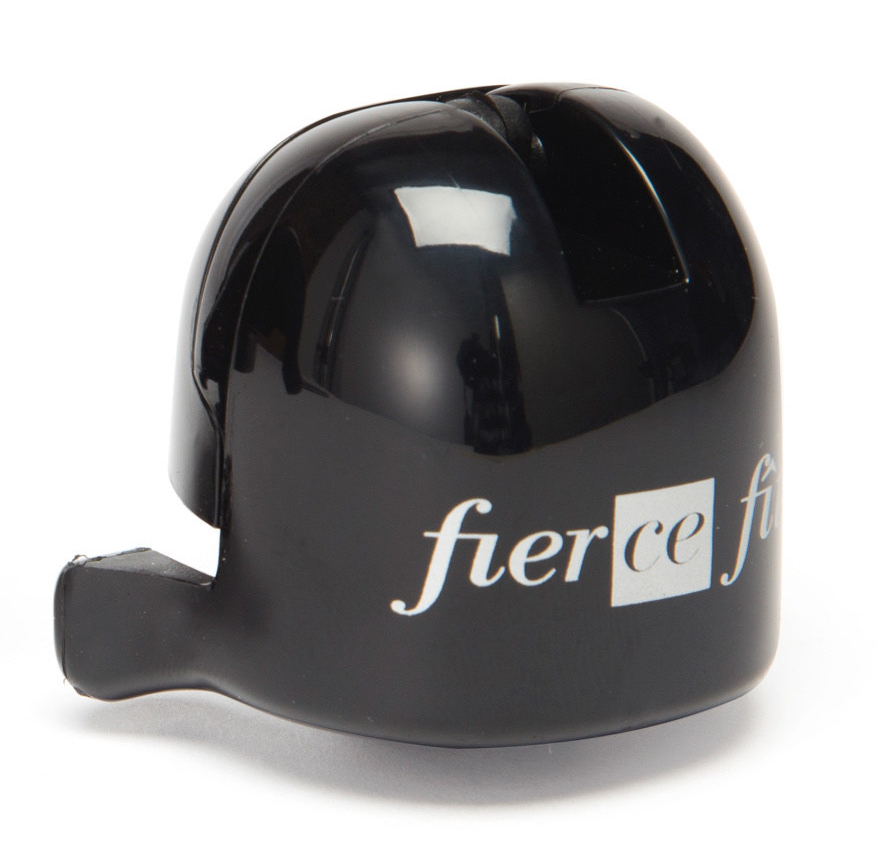The Champagne wheel of aromas
The Champagne Aroma Wheel is a practical guide used to identify and classify the different aromas that can be found in a flûte of Champagne.
It is used by tasters and connoisseurs to explore, describe and communicate their olfactory impressions and aromatic nuances while tasting this sparkling beverage.
This visual and descriptive tool actually provides us with a common reference for being able to describe aromatic nuances and contributes to our appreciation and understanding of the sensory characteristics of Champagne.
It also encourages us to discover new aromas and helps us develop our olfactory sensitivity.
THE CLASSIFICATION OF CHAMPAGNE AROMAS
The classification of Champagne aromas may vary depending on the references and methodologies used.
However, here is a general classification of the aromas that can be found in a glass of Champagne:
- Fresh fruit aromas: include citrus notes such as lemon, grapefruit and orange, as well as white-fleshed fruit aromas such as apple, pear and peach, and exotic fruit aromas such as pineapple and mango.
- Dried fruit aromas: include notes of almonds, hazelnuts, walnuts, figs, and raisins. These aromas can result from bottle fermentation and aging of Champagne on lees.
- Floral aromas: include white flower aromas such as acacia, jasmine and honeysuckle, but also more intense flower aromas such as rose and orange blossom. These aromas can give Champagne a more delicate and fragrant dimension.
- Yeast aromas: refer to notes of fresh yeast, bread dough or leavened bread, characteristic of the traditional method of fermentation in the bottle.
- Brioche and toast aromas: these are aromas that evoke fresh bread, buttered brioche, croissants or shortbread cookies. These aromas are often associated with the long aging of Champagne on the lees.
- Mineral aromas: include nuances of chalk, flint, oyster shell, flint or iodine, which lend a mineral dimension to Champagne.
- Spicy aromas: may include notes of cinnamon, vanilla, licorice, ginger or cloves, which add a subtle spicy touch.
- Evolved aromas: with aging, some Champagnes may develop more complex and evolved aromas, such as notes of honey, caramel, coffee, mushrooms or underbrush.
THE VISUAL
The Champagne aroma wheel is composed of several concentric circles.
- The center circle represents the more general and common aromas, such as citrus, white-fleshed fruit, and red fruit.
- Moving to the outer circles, we find more specific and complex aromas, such as floral notes, yeast aromas, spicy nuances, dried and candied fruit aromas, and mineral characteristics.
- Each aroma category is then further subdivided into more precise descriptors, which allow for the identification of specific nuances within each category. For example, under the citrus category, we can find descriptors such as lemon, grapefruit, or orange. This refines the description of the aromas perceived during tasting.
EVERY CHAMPAGNE HAS ITS OWN AROMAS
It is important to note that this classification is only indicative.
Each Champagne is unique and may have a specific aroma profile depending on the grape variety used, terroir, aging and winemaking process. Cuvées Millésimées, special blends and aging techniques can add more complex and specific aromas.
Careful tasting and exploration of aromas are therefore essential to fully appreciate the diversity and aromatic complexity of Champagne.
TO EACH HIS OWN
The Champagne aroma wheel is a reference tool, but the aromas perceived may vary depending on each individual and his or her sensory perceptions.
We each have our own set of perceptual experiences and this influences our taste impressions.
To explore fruity aromas, floral notes, nuances of brioche and yeast, come into our boutique to choose your Cuvées and be carried away by the magic of delicious discoveries!
Cin cin et à votre Été!

 My bag
My bag
 The Boutique
The Boutique
 Login
Login


